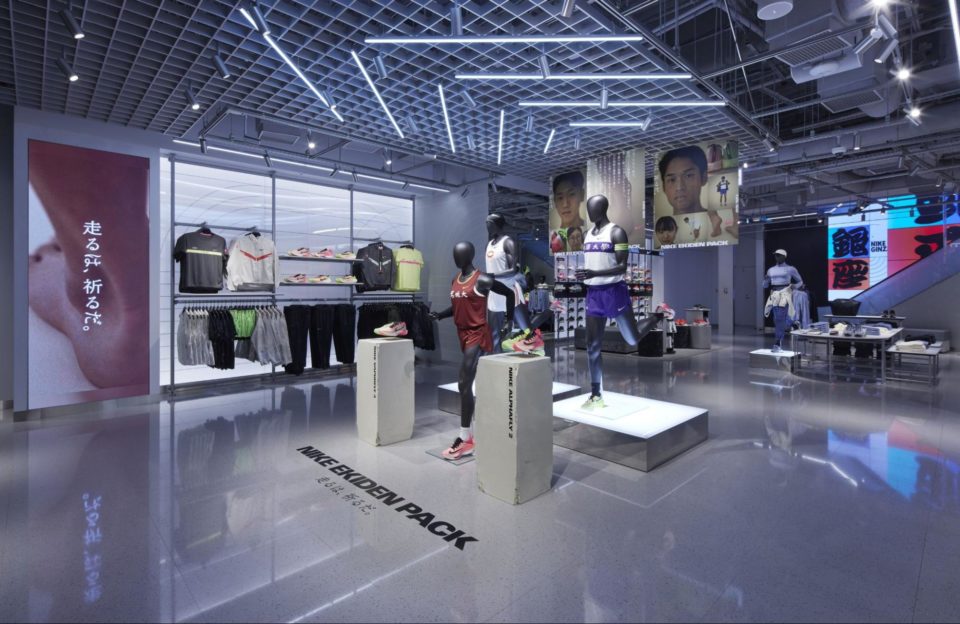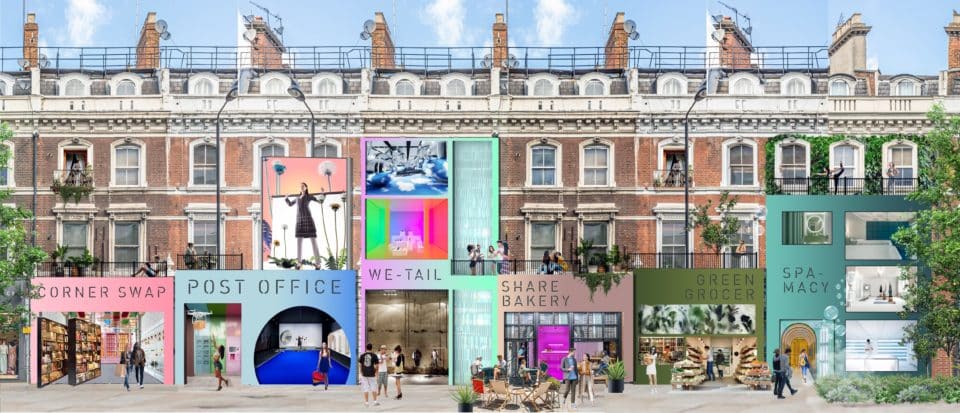Why is Placer.ai giving away valuable location analytics for free?
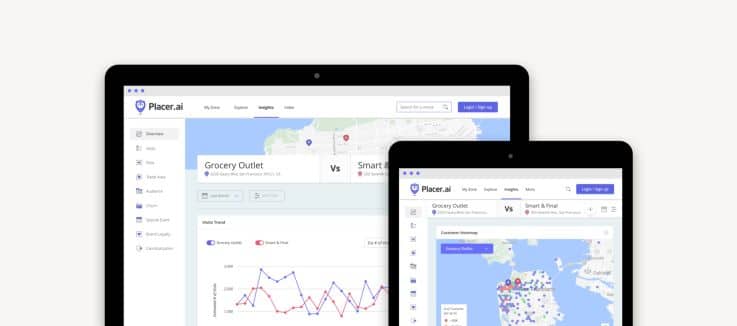
Placer.ai is on a mission to provide everyone access to large scale consumer real-world behaviour. It believes that data shouldn’t just be for the big guns, but accessible to all.
It really means it too. It gives away tonnes of valuable insights based on mobile location data completely free through its platforms. From trends to understanding your audience through to benchmarking against competitors to insight about locations before you move in, Placer.ai wants to arm you with information to make better strategic decisions.
We spoke to VP Marketing Ethan Chernofsky to find out how location analytics can level the retail playing field and why greater knowledge will change the store portfolios of the future.
Ethan Chernofsky, VP Marketing, Placer.ai
Can you describe Placer.ai in a nutshell?
We are a location analytics platform. We provide data on how people in the United States are moving on a daily basis. We say people vote with their feet, so we use mobile location as our source of data.
We can see about 30 million devices across the United States, which gives us a representative sample, and on top of that we use machine learning and AI to make estimations on the wider population.
At Placer.ai we offer a free platform, as our mindset has always been to make this data accessible. We want to be a successful business but if we really believe in providing easy accessibility, we also have to put our money where our mouth is. We have many clients that don’t pay us because they get enough value out of their free version.
How does this differ from polling?
If you look from a polling perspective where you ask people who they will be voting for, you have a margin of error of about 5%. With Placer AI we look at tens of millions of devices, at what people actually do and not just what they say they are going to do. That gives us the ability to be incredibly predictive.
We have had our process tested by a major alternative data company called M Science, which compared our data to every other location provider in the country. They found that we were the most highly correlated.
What type of data do you collect?
We are GDPR (or CCPA) compliant. We only see aggregate anonymous data; we don’t ingest any personal or identifiable information. We are a company that came out after GDPR was a thing, therefore we were always built with privacy in mind.
It is important to understand that we do not sell raw data, nor do we make any money from the personally identifiable information. What we are looking to do is create a data set that is robust enough to allow us to make estimations, so that we can give accurate information about what is happening in the world.
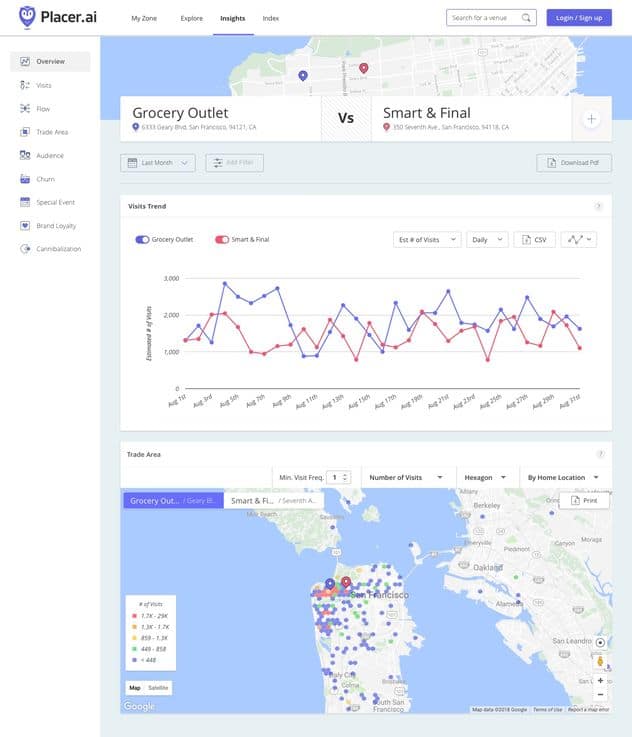
What are your thoughts on behaviour data and data collecting?
It’s a really important debate that we need to have as a society. There are always going to be two edges to this debate: One is going to say that any data given out, any infringement on privacy is too much; which is somewhat of an extremist position. Another one is going to be a position that says ‘I don’t really care, they can do whatever they want’; which is also not necessarily a good thing. We need to find a balance in the middle and it needs to be based on what companies are doing.
If you think about it the giant corporations like Coca Cola, Facebook, Google etc. will always have access to data. If we don’t have easily available resources for other companies or municipalities, students, academics then we’ve essentially created a situation where the strongest and biggest companies are going to continue to grow and everyone else is going to suffer as they don’t have the means to compete. Therefore, having companies provide this anonymous aggregate data puts a massive limitation on the wider economy.
How would having access to location data be a good source of information for retail businesses?
As a company we are conscious that we sit in a place where we have to be very careful and apply common sense to how we approach the data question. But there is a positive side to it.
Smaller businesses don’t usually have access to large amounts of data. This has limited their growth in the past as any bad decision could have crippled their business. We can now provide them with the data to maximise the likelihood of their success.
Let’s look at the example of a shopping centre looking to open. How can I, as the shopping centre owner, know that I am filling it with the right tenants, or that I will have the right mix of shoppers? This is where Placer AI comes in, providing this data on a regular basis.
This allows the economy to fragment in a really effective way, especially when you look at how the retail industry has evolved over the past five to 10 years. We are moving away from massive, convenience chain types of stores towards more speciality retail.
As a society everything has become so convenient that when we go out to shop, we want an authentic experience. This is creating a fascinating shift in the entire retail landscape, creating a more diverse economy which is going to be more sustainable and more consistent with job creations.
It’s a really exciting change. This wonderful trend is going to create a better ecosystem for the retail, a better ecosystem for the economy, and a better ecosystem for the consumer.
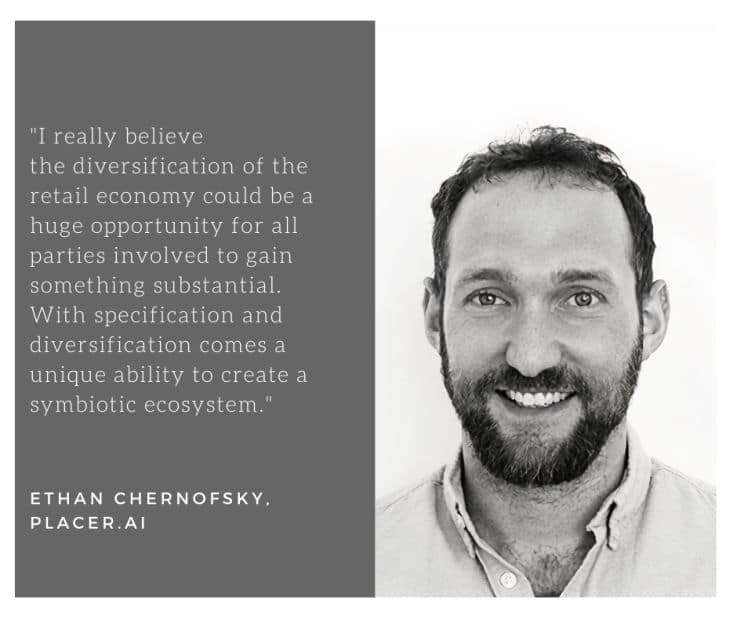
Are you already working with retailers? Can you provide more information on that side of the business?
As a company we have only been selling for roughly a year and a half. In that time, we have had hundreds of customers sign up to our free platform.
Our main focus has initially been the commercial real estate industry as they immediately saw the value in our products. They have been our core audience, and we have been very lucky to have some amazing champions becoming vanguards for what we are trying to accomplish.
This has very organically led us to retail. In that industry, the sales cycles can be six to nine to 12 months, so most of our retail consumer base has really started signing on late 2019/ early 2020. They include some of the biggest names in entertainment, fitness and lifestyle, recreation, apparel, and grocery.
They are all asking the same questions: Where is our audience coming from? How can we grow more effectively? How can we serve our communities and do a better job at making our customers happy? And this is where we come in to play a really critical part in enabling.
What is your view on the retail landscape?
The idea of niche retail becoming so much more empowered is a critical trend to look at if you want to understand what’s happening across the wider retail landscape. What this will mean is that instead of having a much smaller number of companies having many stores, we are going to see a much larger number of companies having a smaller number of stores, hence creating a greater level of diversity.
All of a sudden you could have three or four malls in a very close proximity, all providing fundamentally different experiences to their core audiences. It won’t be every centre competing with other centres; it will be every centre offering a different piece of the pie, which allows the wider community to be served more effectively.
One of our most popular features is something called a True Trade Area. This is in contrast with what is sometimes done in the retail world, where they would put a five or seven mile ring around a location and define it as their audience, missing out on opportunities and taking risks as they are not taking into account barriers, people travelling from work, cannibalisation from other companies, competitive landscape, and many other different factors that can impact where their audience is actually coming from.
To give you an example, Walmart closed two of their super centres in early 2019 which strengthened the fear that the retail apocalypse was happening. But when we dove into the data, we found out that those two stores were both cannibalising customers from other Walmart locations. Those stores were therefore not necessary and by closing them Walmart could still serve the same audiences just as effectively but in a much more sustainable way.
I really believe the diversification of the retail economy could be a huge opportunity for all parties involved to gain something substantial. With specification and diversification comes a unique ability to create a symbiotic ecosystem.
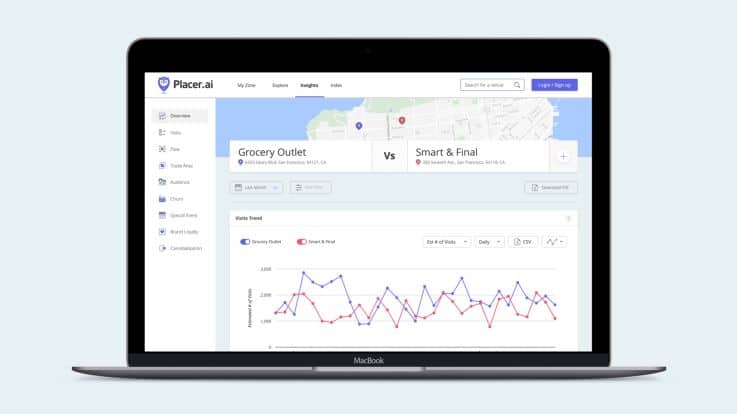
What’s next for the company?
We are working on a few things. The first piece is to continue building out the platform. At the moment you can sign into our platform and in the click of a button you can fill out robust reports, play around with them and do real time comparisons. The data has a few days lag, but it is pretty close to being able to see what is happening in real time. This is what we want to build out.
We have our customer reports team, composed of very talented data analysts, who are working on what could be done next. Our goal is to make those reports part of the platform, so we can empower our customers to answer more questions themselves and therefore perform better and better in their businesses.
The second piece is about adding new data sources, i.e transaction data, weather data, or anything else that can provide customers with the fullest possible context to better understand what is happening in the world. Let’s say for example you are looking at the state of Texas in 2017. You will see that there was a hit in Houston during that time, and you might not understand why. Now you can know that this was due to a hurricane which laid waste to the city. By providing more and more data sources we can create the clearest possible picture.
Lastly, we are looking at international expansion. At the moment we only cover the United States, but we would like to expand to Canada, Mexico, or the UK over time. It’s not only about the ability to expand, it’s about helping bring international brands to the US in a way that increases their likelihood of succeeding.
What do you feel needs to be done to make this data accessible?
It’s all about education. If you give people raw data, you haven’t changed the world. You need to make that data accessible and educate on how to use it, so that everyone can benefit from it.
We sometimes forget how smart and creative people are. If you make the data accessible to all, then for example a junior person on the team of a major retailer can have an idea and dive into the platform to test it out and play with iterations. All of a sudden you are empowering these talented individuals, providing them with the ability to test their theories and ideas and use their creativity.
Some of our customers are figuring out new ways to use our data on a regular basis and it is amazing to see. When you make this product accessible, you are empowering a fundamental shift in how this entire ecosystem operates.
Images courtesy of Placer.ai
Want all of our best insights? Book your future of retail presentation today and we’ll tell you everything you need to know to get ahead.

